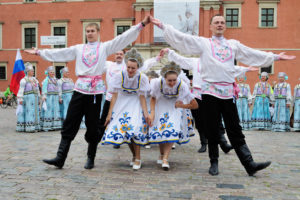In Mastery of Movement, Laban asks readers to observe a person in everyday life, a person portraying a character in a mime scene, and a dancer performing a national or period dance. Observers are to analyze the use of the body, along with the use of space, time, and weight.

This is a useful exercise for any actor; it is also a task that Laban set for himself. In his autobiography, Laban describes his first experiences as a young and very idealistic artist-to-be. His first port-of-call is Munich, where he has been provided with various letters of introduction, and through these meets a fashionable society woman and her circle of admirers. They set out to educate the naïve youth in the ways of the world, taking him to various entertainment venues and sending him on errands into the poorer sections of the city.
“So I began to acquaint myself more closely with other aspects of city life,” Laban writes. In contrast to the elegant restaurants and night clubs patronized by his fashionable sponsors, Laban went to the stock exchange, to meetings of communists, to low-class cabarets. “I got to know certain quarters of the city where crime was the order of the day” he recalls, “and I caught glimpses of the dark recesses of the souls of many apparently well-bred citizens and saw the inner wretchedness of the wealthy.”
Laban drew on these experiences 20 years later, in an evening long dance-play titled “The Night.” Performed at the first Dancers’ Congress in 1927, the piece was a critical flop, and Laban freely admits this in his autobiography. Nevertheless, his description of the experiences that led up to this dance-play provides insight into his desire to become acquainted with a wide range of human affairs.
Laban went on to distil these observations into movement. This is what he continuously encourages the reader to do in Mastery of Movement.
Find out more in the Octa seminar, April 1 – May 6, 2017.
